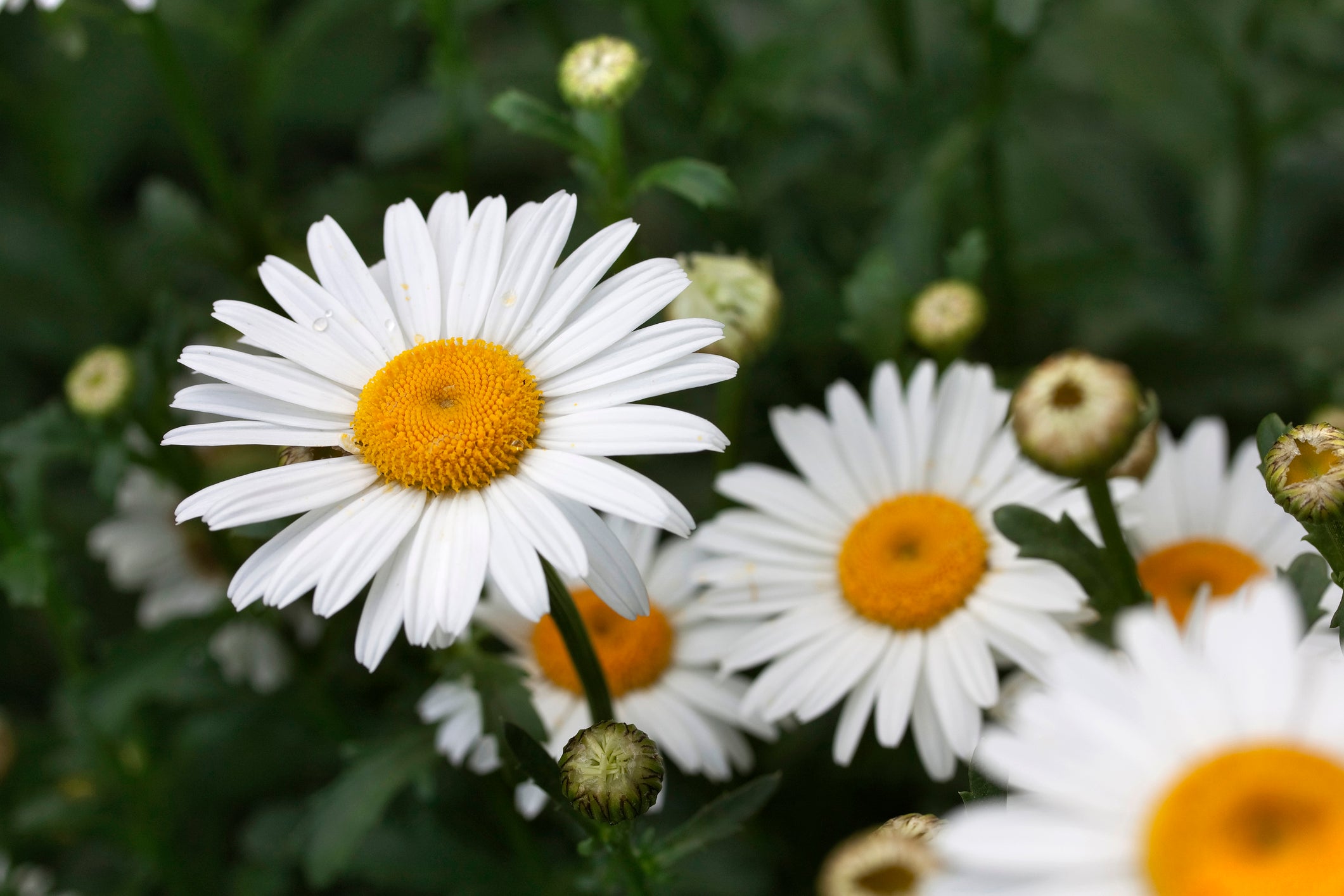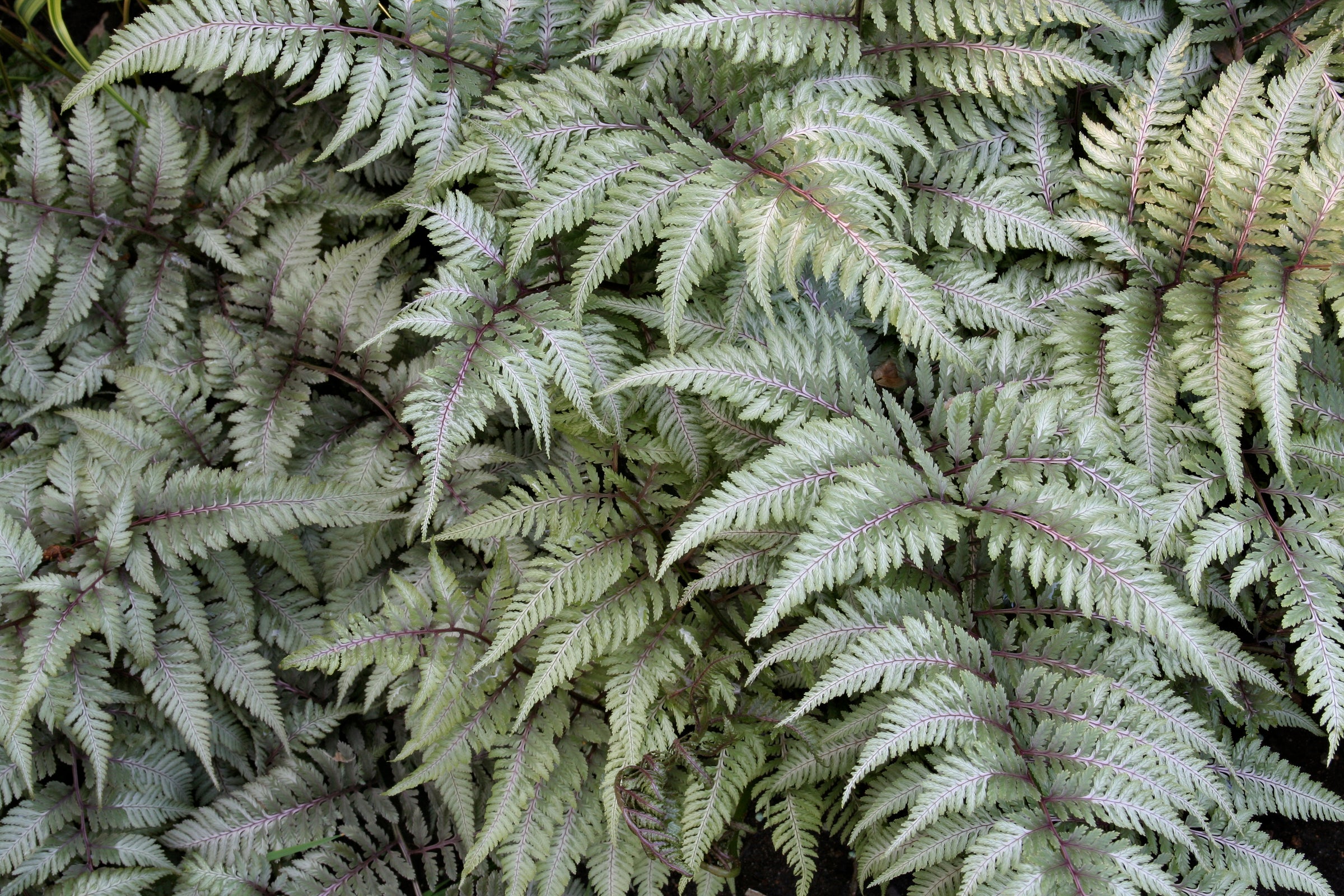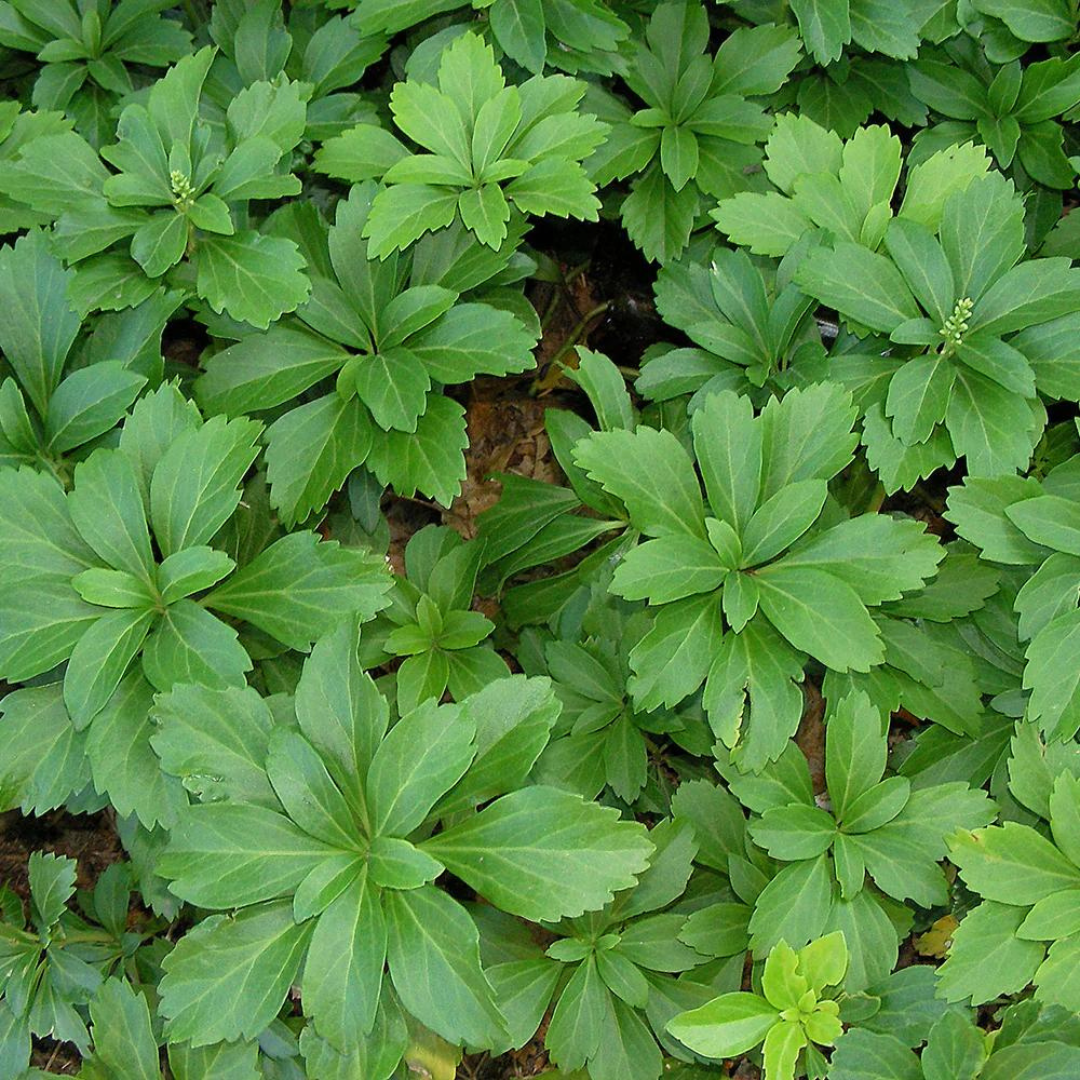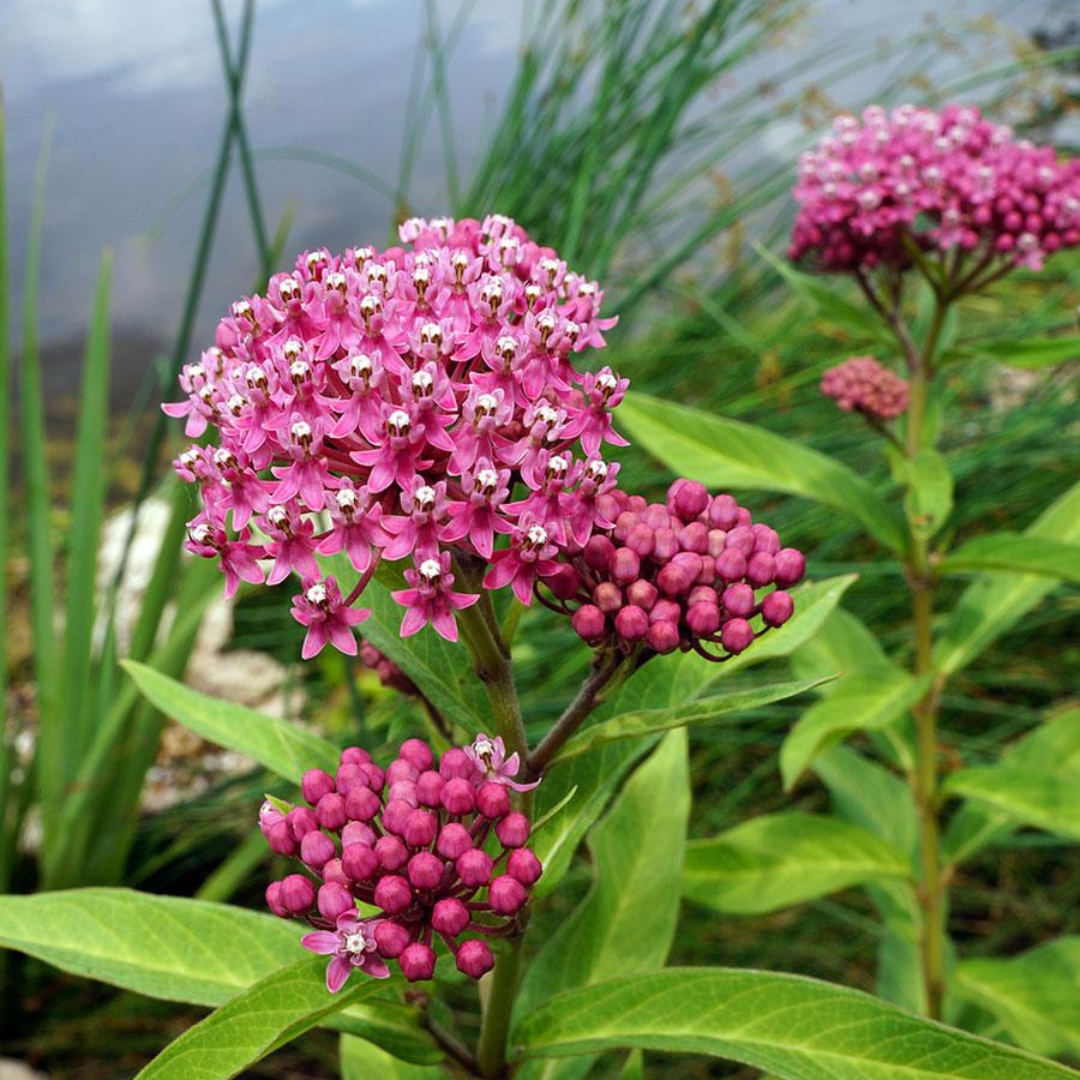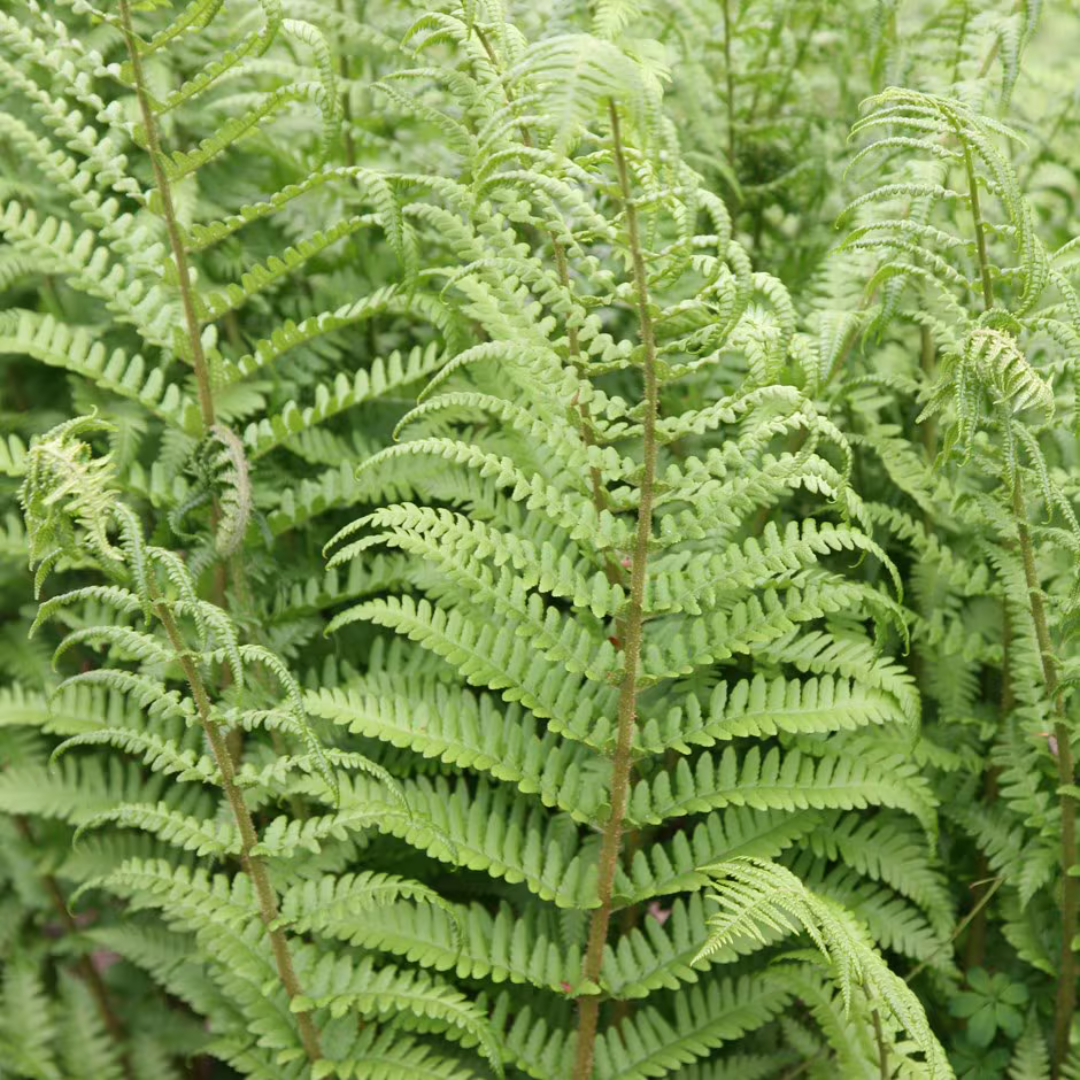
Dryopteris 'Male Fern'
Add to Wishlist Partial Sun
Partial Sun
 Full Shade
Full Shade
 Deer Resistant
Deer Resistant
 Native
Native
 Low Maintenance
Low Maintenance
- In stock, ready to ship
- Backordered, shipping soon
Dryopteris filix-mas: Male Fern
Robust, upright, and reliably perennial, the Male Fern is a cornerstone of traditional shade gardening. With tall, arching fronds in a rich matte green, Dryopteris filix-mas forms a bold, symmetrical clump that lends structure and volume to woodland plantings. Its classic shuttlecock shape holds steady through the growing season, making it a valuable backdrop or vertical accent among more ephemeral foliage. Adaptable to a range of soils and exposures, it’s a long-lived, low-maintenance fern with timeless appeal.
Plant Characteristics:
- Height: 75–120 cm
- Spread: 60–90 cm
- Flower Colour: None (foliage plant)
- Flowering Period: N/A
- Foliage: Matte green, upright, pinnate fronds with a slightly leathery texture
- Sunlight Requirements: Part shade to full shade
- Soil Requirements: Moist, moderately fertile, well-drained soil; tolerates dry shade once established
Uses and Benefits: Dryopteris filix-mas is ideal for anchoring shaded beds, softening woodland edges, or adding height to mixed fern groupings. Its strong form contrasts beautifully with lower-growing groundcovers and finely textured perennials. As one of the most durable garden ferns, it's an excellent choice for challenging sites—including dry shade and root-filled soils. Resistant to deer and long-lived, it brings both function and classic charm to shade compositions.
Companion Plants: Set the upright green fronds of Dryopteris filix-mas against the vivid purple foliage of Heuchera 'Forever Purple', the lacy spring blooms of Tiarella 'Spring Symphony', and the airy movement of Deschampsia cespitosa. This planting offers contrast in colour, texture, and height while thriving in part to full shade with minimal care.
Care Instructions: Water regularly during the first growing season to establish a deep root system. Once established, it tolerates some dryness but thrives with consistent moisture. Apply compost or mulch in spring to enrich soil and retain moisture. Cut back old fronds in early spring to allow new growth to emerge cleanly. Division can be done in spring if clumps become too large or to propagate.
History: Native to Europe, Asia, and North America, the Male Fern has been a mainstay in gardens for centuries. Its name refers not to gender, but to its sturdy growth compared to the more delicate Lady Fern. A symbol of resilience, it remains one of the most widely planted ferns in shade gardens across the world.
Final Thoughts: Solid, statuesque, and endlessly dependable, the Male Fern adds an enduring framework to shady spaces. Whether supporting vibrant foliage or soft seasonal flowers, it brings heritage beauty and a grounded presence to every planting.


